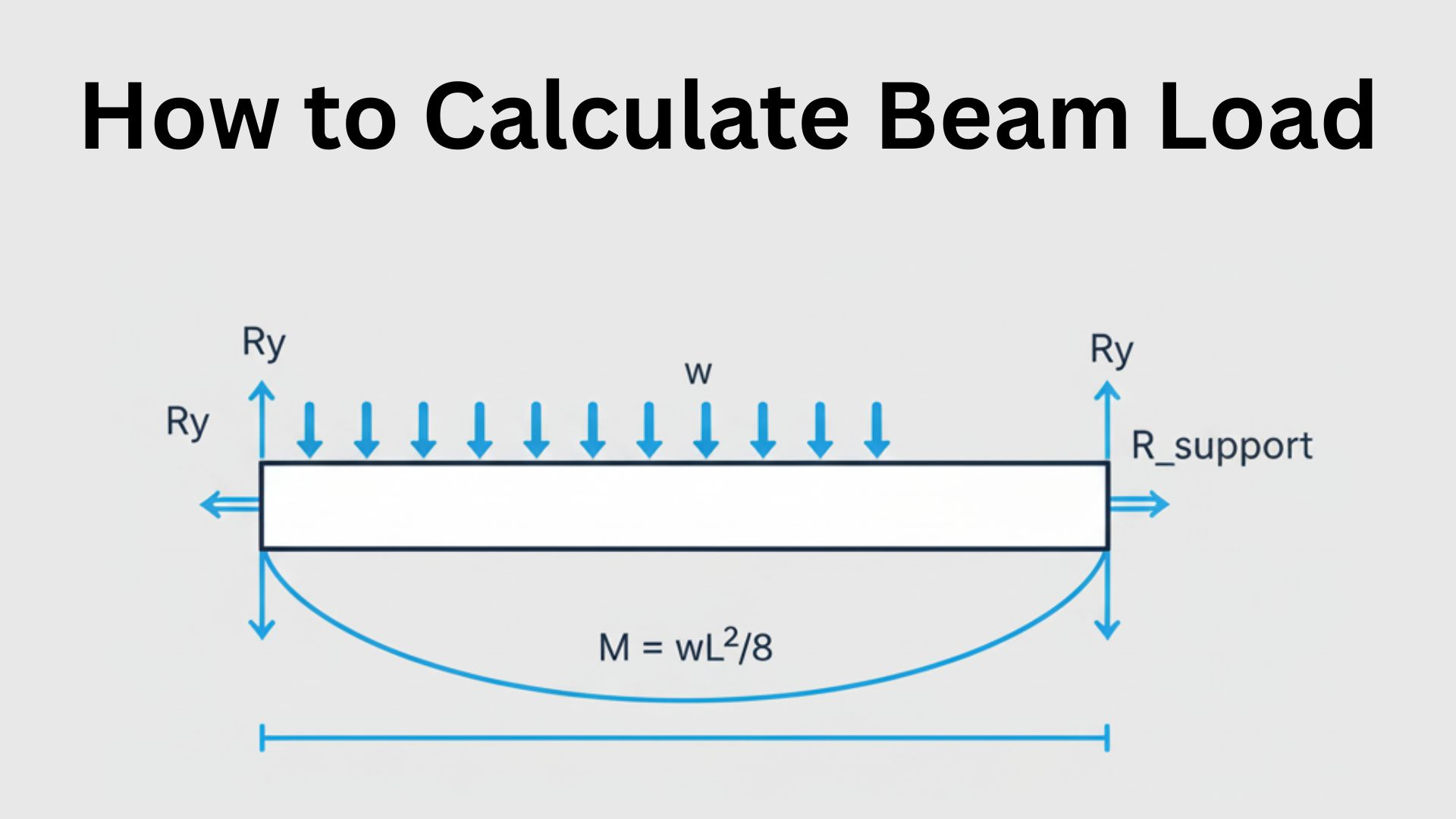Do you know What is Sustainable Building Design and Why is it Important?
Sustainable building design is the practice of designing buildings, products, and systems that minimize the negative environmental impact of our built environment.
In other words, sustainable building design is about creating a healthy, efficient, and equitable built environment that meets the needs of current and future generations.
There are many reasons why sustainable building design is important. First and foremost, it protects our environment. Sustainable building design reduces pollution and waste, conserves resources, and creates more efficient systems.
This not only benefits the planet, but also the people who live on it. Sustainable building design also creates economic opportunities and supports social equity.
By investing in sustainable practices, we can create jobs, support local businesses, and improve our quality of life. Sustainable design is important for both individuals and society as a whole.
We all have a responsibility to protect our environment and create a better world for future generations. By making sustainable choices in our everyday lives, we can make a big difference.
The Purpose of a Green Building

Building a green or sustainable home is becoming more popular as people become more aware of the impact their choices have on the environment.
Green buildings are designed to reduce the overall environmental impact of the building, typically by using less energy and water, and creating less waste.
There are many different ways to make a building more sustainable, but some common features include solar panels, green roofs, rainwater harvesting, and greywater recycling.
By making these choices during the design and construction process, you can create a home that will be more environmentally friendly and require less energy to operate.
A sustainable home doesn’t just have benefits for the environment – it can also save you money on your utility bills and make your home more comfortable to live in.
With careful planning and execution, you can build a beautiful and sustainable home that will be a pleasure to live in for years to come.
Green Buildings Are More Than Just Stylish—It’s About Creating a Sustainable Environment
Most people think of “green buildings” as simply being more eco-friendly and using less energy. However, there is much more to it than that!
Green buildings are designed to be sustainable, meaning that they have a smaller environmental impact both during and after construction.
This guide will show you how to build a sustainable home that will help preserve our planet for future generations.
There are many different ways to make a home more sustainable.
One of the most important things to consider is the materials you use. Recycled or reclaimed materials are a great way to reduce your environmental impact.
You can also use sustainably sourced materials, like bamboo or cork. When it comes to energy efficiency, solar power is one of the best options.
You can also install energy-efficient appliances and lighting, and make sure that your home is well insulated.
Water conservation is another important aspect of sustainability. You can install low-flow fixtures and rainwater harvesting systems to reduce your water usage.
Greywater systems reuse water from showers and sinks for irrigation, so that you’re not wasting fresh water on lawn care.
Finally, consider how you’ll dispose of waste. Recycling and composting are both great options for reducing your garbage footprint.
Green Technology Used in Building Construction

As the world becomes more focused on sustainability, green technology is becoming increasingly important in the construction industry. From solar panels to rainwater harvesting, there are a number of ways to make your home more sustainable.
Solar panels are a great way to reduce your reliance on fossil fuels. This is a very sustainable way to power a building, as it does not produce any emissions.
They can be used to generate electricity or heat water, and they’re becoming more and more affordable as technology improves. If you’re looking to build a sustainable home, solar panels are a great place to start.
Rainwater harvesting is another great way to reduce your impact on the environment. By collecting rainwater and using it for things like watering your garden or flushing your toilet, you can significantly reduce your water usage. This is especially important in areas where water is scarce.
Green roofs are another innovative way to make your home more sustainable. Green roofs are covered with vegetation, which helps insulate the building and reduce the urban heat island effect. They also absorb rainwater, reducing the strain on local drainage systems.
Another type of green technology that is often used in building construction is insulation. Insulation helps to keep the heat inside a building, making it more energy efficient. There are many different types of insulation available, so it is important to choose the right type for your project.
Finally, passive solar design is a great way to take advantage of the sun’s energy without having to install solar panels.
By orienting your home to face the sun, you will be able to use the heat it produces to warm your home without using any electricity.
By making sure that your windows and doors face the sun, you’re also ensuring that your home will be filled with natural light.
Green technology is an important part of sustainable construction. By using green technology, we can help to reduce the impact that construction has on the environment.
How to Choose the Right Building Materials to Build a Green Home
When you are planning to build a green or sustainable home, one of the most important factors to consider is the materials you will use. The right materials can help reduce your carbon footprint, conserve resources, and create a healthier indoor environment.
There are many different building materials available that are more sustainable than traditional options. Here are a few things to consider when choosing materials for your green home:
- Life cycle assessment: When assessing the sustainability of a material, it’s important to consider its full life cycle from production to disposal. Some materials may have low emissions during production but be difficult to recycle or dispose of safely.
- Renewability: Materials that can be easily replenished or recycled are more sustainable than those that deplete finite resources. renewable building materials include bamboo, wool insulation, and cork flooring.
- Energy efficiency: Materials that insulate well or require less energy to produce can help reduce your home’s overall energy consumption. cellulose insulation and LED light bulbs are two examples of energy-efficient products.
- Indoor air quality: The materials you use in your home can affect the quality of indoor air. off-gassing of volatile organic compounds (VOCs) can be a concern with some synthetic materials like carpeting and particleboard. Look for low- or no-VOC products to improve indoor air quality.
- Water conservation: Some building materials require less water to produce than others. For example, Cement concrete is very water-intensive, while bamboo is relatively drought-resistant. Choosing materials that are drought-tolerant or require less water to maintain can help conserve this important resource.
- Local availability: Buying locally produced materials can reduce the energy required to transport them to your work site. It also supports the local economy and helps reduce your carbon footprint.
- Durable materials will last longer and often require less maintenance, resulting in fewer replacement products ending up in landfills. Consider products made from recycled materials, which are often just as durable as virgin products but have a smaller environmental impact.
- Ease of installation: Some sustainable building materials can be more difficult to install than traditional products. If you are planning to do the work yourself, make sure you are comfortable with the installation process before choosing the material.
- Cost: Sustainable building materials can sometimes cost more than traditional options. However, many of these products offer long-term cost savings through reduced energy consumption or maintenance requirements.
- Aesthetics: Sustainable building materials come in a wide range of styles and colors to suit any taste. With so many options available, it’s easy to find sustainable materials that meet your aesthetic needs.
When you are planning to build a green or sustainable home, one of the most important factors to consider is the materials you will use. The right materials can help reduce your carbon footprint, conserve resources, and create a healthier indoor environment.
Also Read – 11 Tips for Planning a Successful Bathroom Renovation
What Type of Construction is Best for a Green Building?

There are many different types of green building materials that are available on the market today. The most important thing to consider when choosing the right materials for your home is the overall environmental impact that they will have.
Some materials are more sustainable than others and can help to reduce the overall environmental impact of the home.
One type of construction that is becoming increasingly popular is straw bale construction. This method uses straw bales as insulation, which can provide good thermal resistance and also help to keep the home cooler in summer.
Straw bale construction is a fairly simple process and can be done with relatively few tools and equipment.
The second type of construction that is becoming more popular is using recycled materials. Recycled materials can be used for everything from the framing to the exterior siding.
Recycled materials can often be just as strong and durable as new materials, but they have a much lower environmental impact. This type of construction is often more expensive than traditional construction, but it can have a very positive impact on the environment.
Passive solar design is another type of construction that is gaining in popularity. This type of design takes advantage of the sun’s energy to help heat and cool the home. Passive solar design can be used in conjunction with other green building techniques, such as insulated windows and doors.
There are many other types of sustainable construction that can be used for green buildings. Whichever type of construction you choose, make sure to use sustainable materials whenever possible.
This will help to reduce the overall environmental impact of your home and make it more sustainable in the long run.
Costs of Building a Green Home
Building a sustainable home doesn’t have to be expensive. In fact, there are many ways to save money while you’re building your green dream home. Here are a few tips to get you started:
- Use recycled materials wherever possible. This includes things like using recycled insulation, recycled flooring, and even recycled windows.
- Look for energy-efficient features that will help reduce your overall energy costs. This can include solar panels, wind turbines, and geothermal heating and cooling systems.
- Use sustainable building practices whenever possible. This means using things like green roofs, rainwater harvesting, and using environmentally friendly paints and finishes.
- Finally, don’t forget to shop around for the best deals on materials and labor. You may be surprised at how much you can save by doing a little research ahead of time.
With a little planning and effort, you can easily build the green home of your dreams without breaking the bank.
Conclusion
Building a sustainable home is not only good for the environment, but it can also save you money in the long run. With a little planning and some research, you can build a home that is both eco-friendly and stylish.
By using eco-friendly materials and construction methods, you can help reduce your carbon footprint and make your home more energy efficient. With a little planning and some research, you can build the sustainable home of your dreams.
We hope that our guide has given you all the information you need to get started on your sustainable home project.


